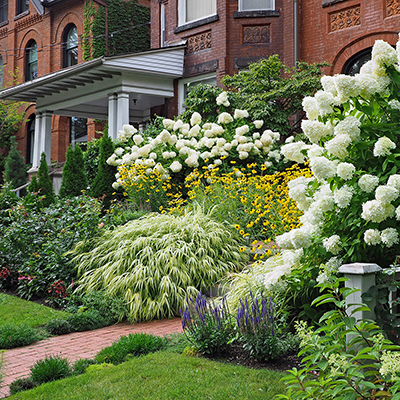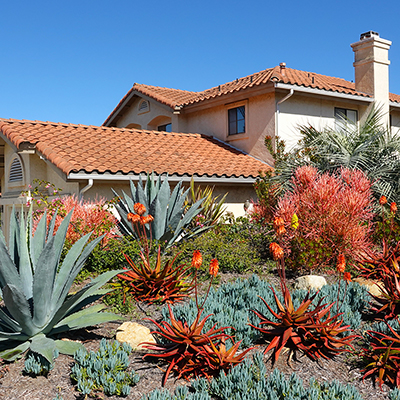Toughen Up Your Landscape with Drought-Tolerant Shrubs
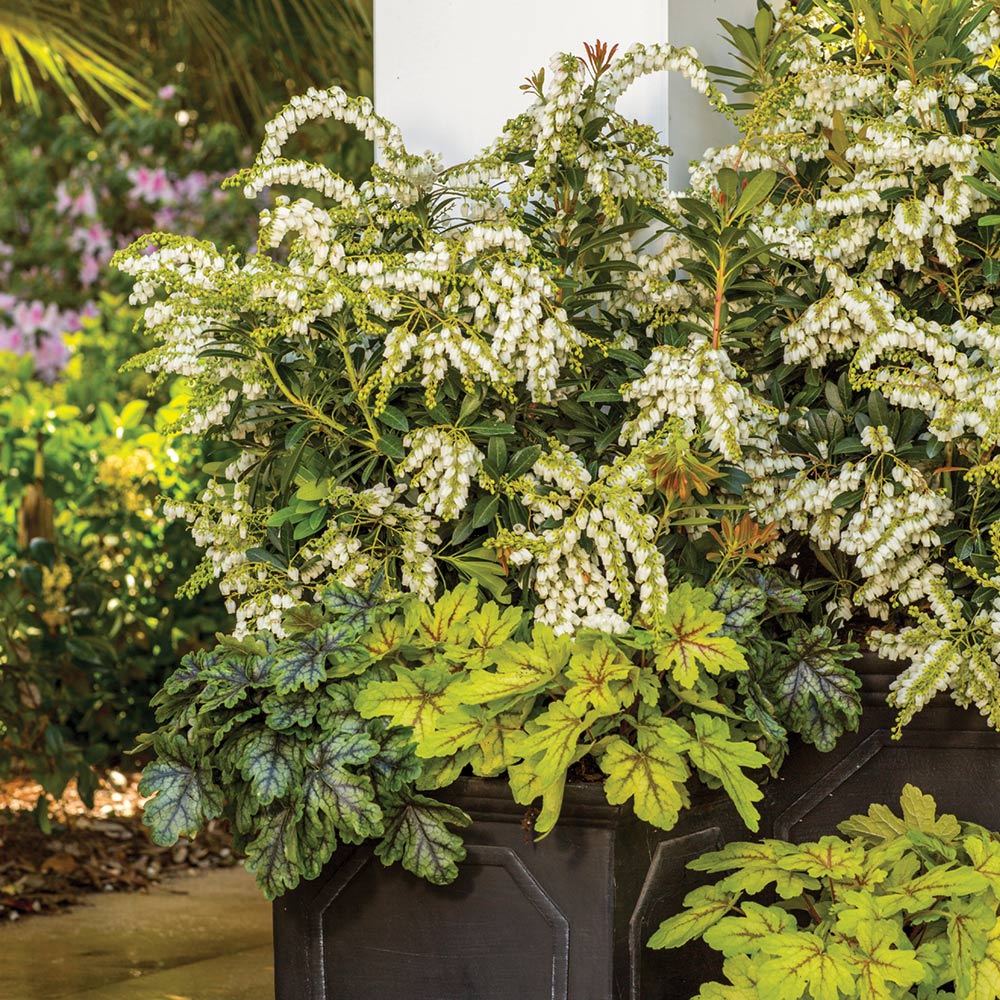
Last updated September 7, 2023
Think outside of the boxwood when you select drought-tolerant shrubs for your landscape. These tough plant selections can cope with dry spells and recover from repeated wilting.
Many of these low-maintenance shrubs are evergreen, giving consistent year-round color and sometimes offering a small flower or autumnal glow as a bonus. Once properly established, they will withstand dry times and bounce back after a drink from the hose or rainfall.
Looking for slow-growing shrubs that won’t require much pruning or need frequent watering? When researching The Home Depot Garden Center online, select “drought tolerant” as a filter. In the Garden Center, read plant tags and use the Home Depot app to choose the best plants for your site.
To get you started, here’s a list of some of our favorite drought-tolerant shrubs (selection varies by region and Garden Center). Before you shop, be sure to know your hardiness zone and select the shrubs that will grow best in your zone.
Table of Contents
Ligustrum
Distylium
Ninebark
Limelight Hydrangeas
Loropetalum
Butterfly Bush
Ligustrum
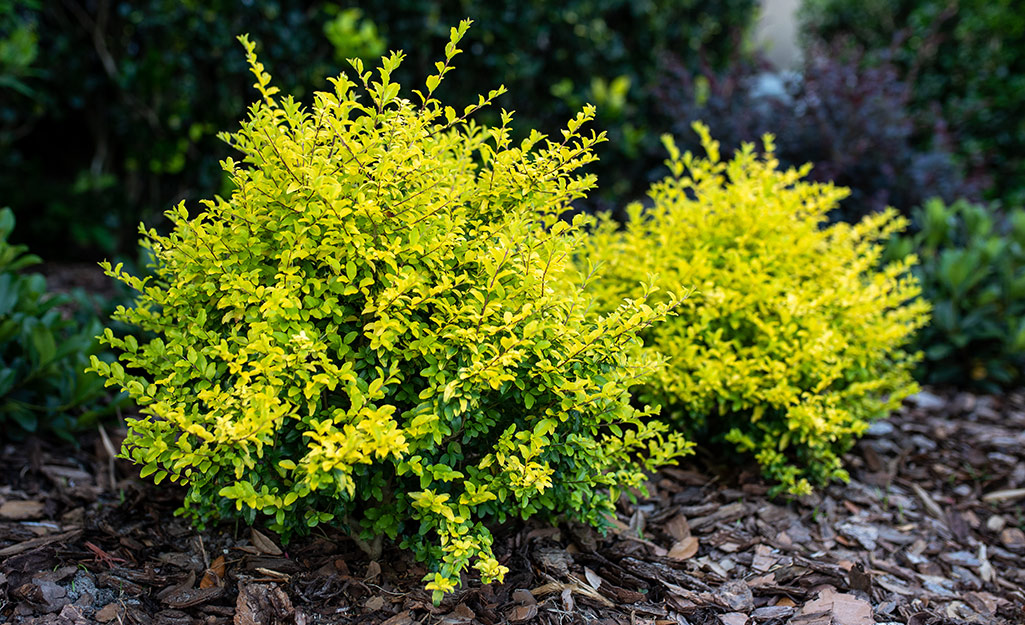
Ligustrum has come a long way from its invasive roots. Newer, sterile varieties of this privet will not re-seed and, in fact, won’t even bloom. This hardy shrub, found in USDA Hardiness zones 6 to 10, can handle temps as low as -10 degrees Fahrenheit. Plant ligustrum in a location with full sun and well-draining soil.
Look for varieties like ‘Golden Ticket’ and ‘Sunshine,’ shown above, for sunny yellow to chartreuse foliage that looks fresh all year long. Try in a fall container surrounded by maroon heuchera and purple and yellow pansies.
Distylium
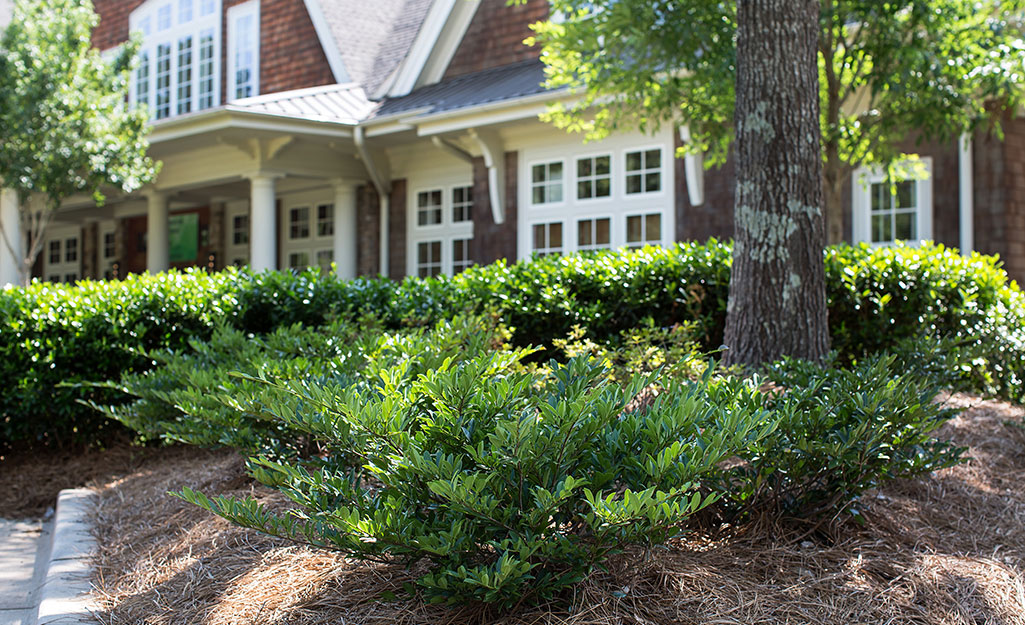
Southern homeowners: distylium is the shrub for you. Described as “tough as nails,” this evergreen shrub offers good looks with narrow, glossy dark green leaves. It’s compact and won’t outgrow its welcome anytime soon.
Distylium grows into low mounds, and that’s why it’s popularly used to cover hillsides and slopes. It can handle heat, drought and is resistant to pests and diseases. ‘Cinnamon Girl’ is the most winter hardy of the varieties, and you can also look for ‘Vintage Jade’ and ‘Coppertone,’ all for gardens in zones 7 to 9.
Ninebark
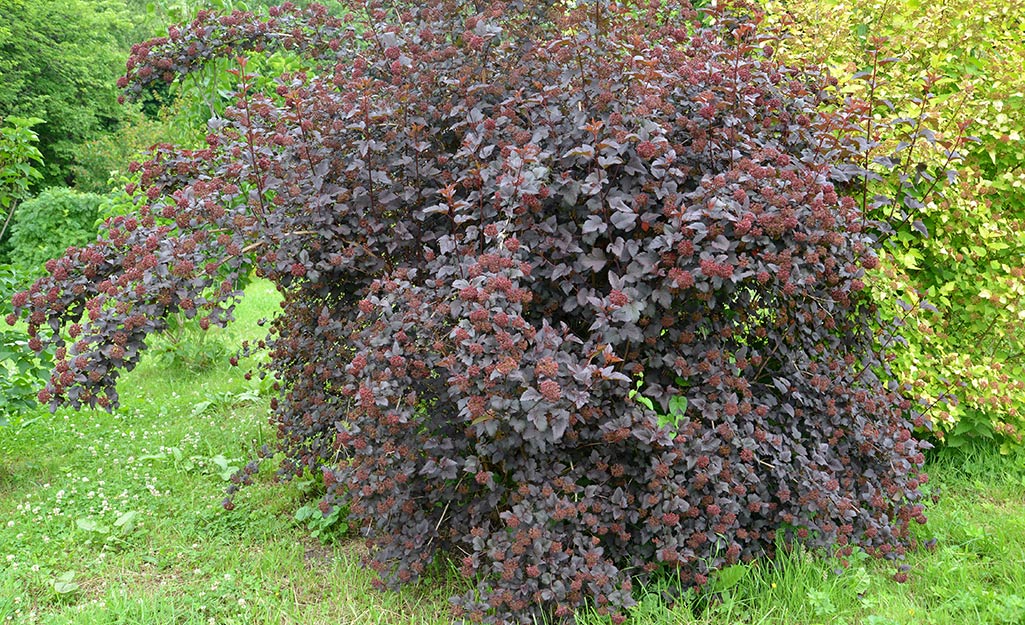
Northern gardeners can rely on varieties of ninebark to survive dry spells. These hardy deciduous shrubs thrive in zones 3 to 8 and some, like "Diabolo," can grow to 8 feet tall. Others like "Tiny Wine Gold" are sweet and petite and will grow to be no more than 4 feet tall and wide. Small white blooms in spring are a bonus.
Limelight Hydrangeas
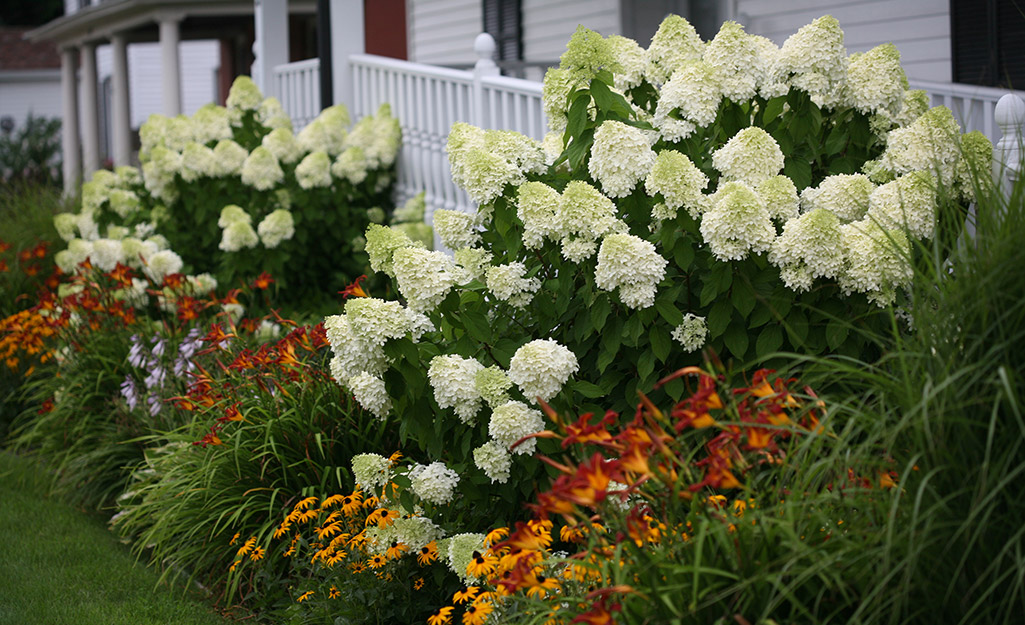
Limelight hydrangeas are irresistible, offering celadon green blooms that age to pink or burgundy in the fall. They are long-lived and have a reputation as a problem-solver, such as screening unattractive elements like air conditioning units, as well as thriving in containers and flower beds.
In northern zones, give Limelight full sun, and in the South, make sure it’s protected from harsh afternoon light. Hydrangeas take to soil that is well-draining and acidic. Be sure to work plenty of organic matter into the planting hole. This hydrangea should be pruned back by about a third every spring. Recommended for USDA hardiness zones 3 to 8.
Loropetalum

Loropetalum, Chinese fringe flower, is an evergreen shrub with purple or burgundy leaves on arching branches. Bright pink fringe-y flowers pop open like fireworks in spring.
Low-maintenance loropetalum is a favorite in zones 7 to 10. Look for varieties like ‘Purple Pixie,’ known for its weeping habit. It makes a fine spiller for a container. ‘Purple Diamond’ grows 4 to 5 feet tall and wide. Be bold and plant loropetalum with ‘Sunshine’ ligustrum for a lively combination of maroon and chartreuse.
Butterfly Bush
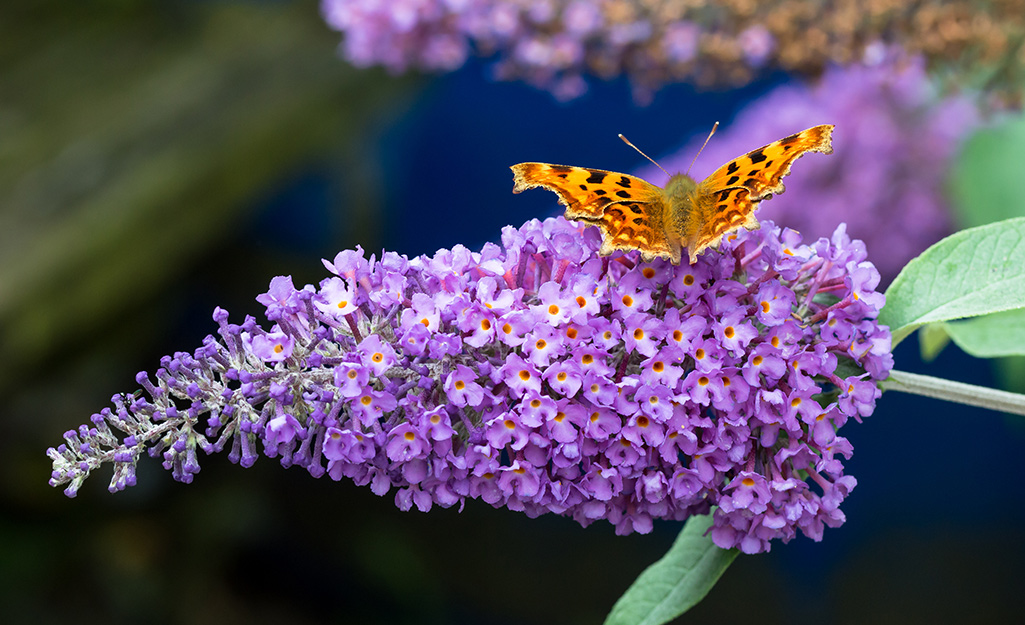
In growing zones 5 to 9, butterfly bush is a great way to add bright color. This green shrub arches as it grows to bring drama to landscaping.
From mid-summer to early fall, butterfly bush blooms with spiky pink, blue, yellow and maroon flowers. Its name comes from the fact that butterflies love to land on the blossoms.
Butterfly bush does best planted in well-draining soil in full-sun areas. Look out for signs of over-watering, like weak stems and lack of flowers.
Lantana
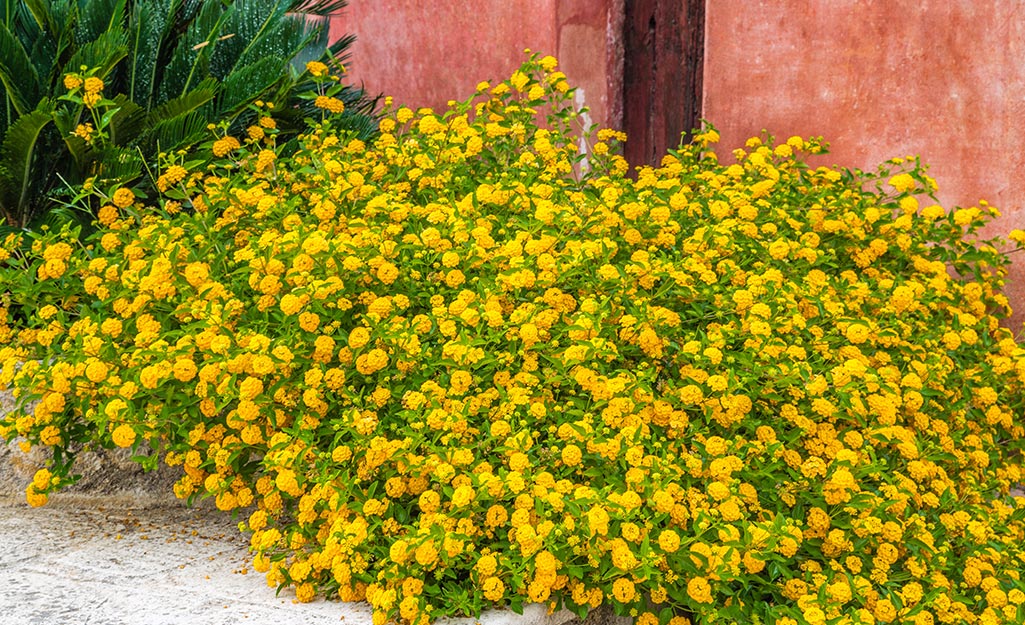
Try lantana to fill in small, empty spots in beds and planters. Also called red sage, this small plant grows quickly but stays compact. Its long stems produce tube-shaped flowers that attract butterflies and hummingbirds. Come fall, tiny orange and red berries bring pops of color to your landscaping.
Because it can only survive in temperatures as cold as 28 degrees Fahrenheit, lantana is best in growing zones 8 to 11.
Lantana can cause itchy rashes in some people. Wear gardening gloves when you handle it.
What Does Drought Tolerant Mean?
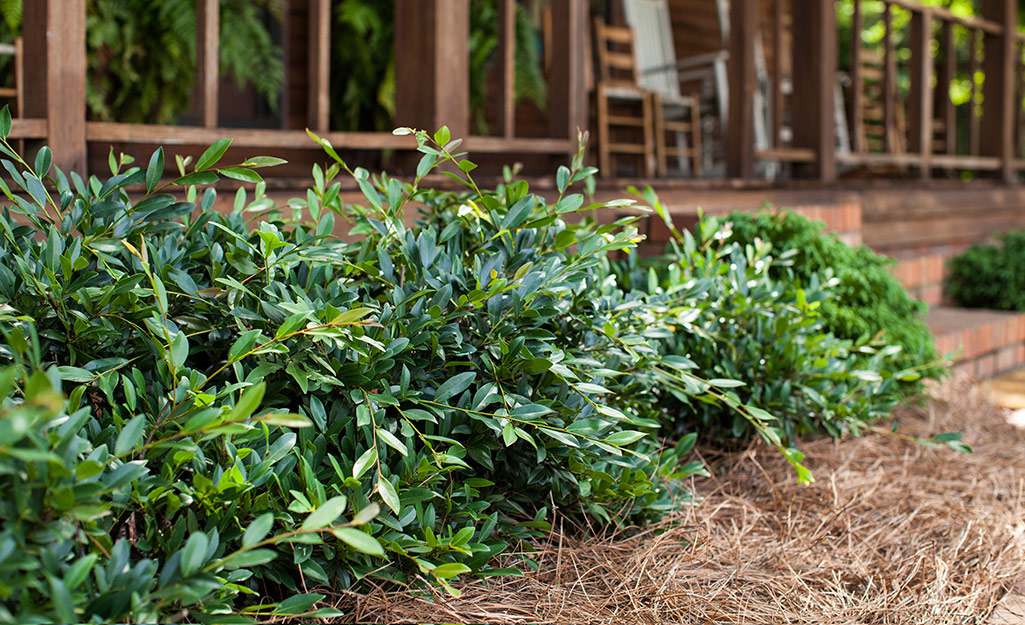
Plants need water to grow, but how much they require varies. Drought-tolerant plants are plants that can go for a long time between waterings. When these plants receive little water, they continue to grow or wilt until they get a drink.
Many drought-tolerant shrubs are evergreens. An evergreen is a shrub or tree that stays green all year. Sometimes, these plants flower or change colors. As you shop for shrubs, look for the term "drought tolerant" on tags and product descriptions.
Also, check that the shrub is right for your USDA hardiness zone. The U.S. Department of Agriculture made this system to help people select plants that grow well in various climates. Find out what your growing zone is and keep it in mind as you compare shrubs.
Top Tips for Planting Shrubs
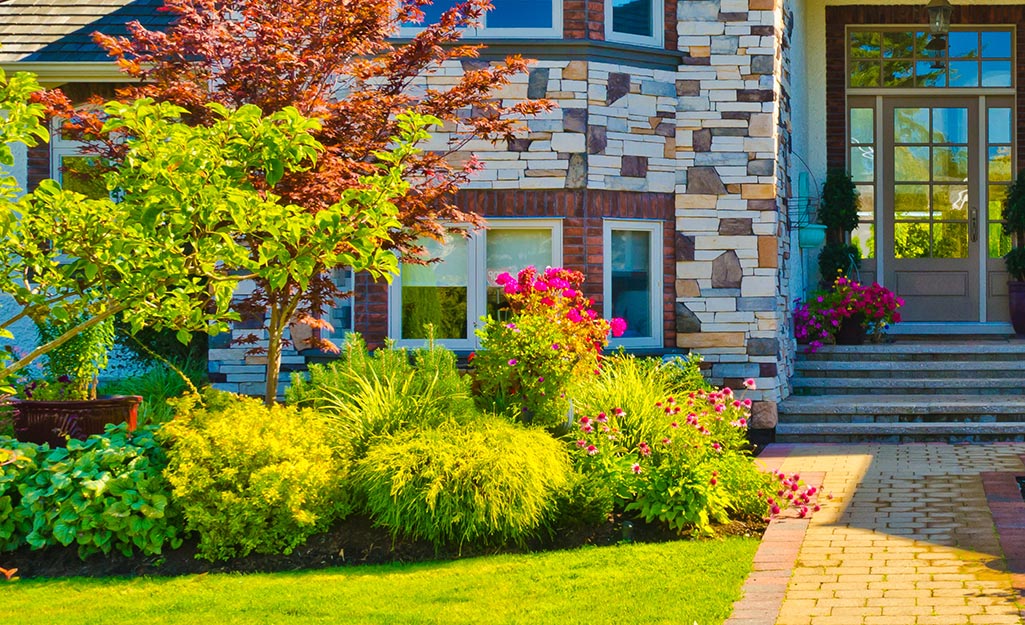
- Shrubs can be planted any time the soil is workable. However, shrubs planted in summer will require more frequent watering to get established. Fall and spring are the preferred seasons to plant shrubs.
- Good drainage is key. Correct any problems to the site, such as areas where water pools, before planting shrubs.
- Dig a hole that is slightly deeper than the root ball of the plant. The top of the root ball should be level with the top of the planting hole.
- Remove the shrub from the container and fluff out the roots. Trim any roots that circle the pot and, if pot-bound, slice the roots to break them up.
- Fill planting hole with the original soil mix amended with compost.
- Finish the bed with mulch to keep roots cool and to slow evaporation.
- Water frequently after planting, and more often to establish the plant. A shrub needs to be in the ground about six months to establish roots and survive in the landscape.
Tough bushes can simplify care and strengthen your yard. Find drought-tolerant shrubs for your growing zone to complement your garden. The Home Depot can help you stock up on everything you need to plant, from mulch to shovels to shrubs. Whether you need the right plants, digging tools or soil amendments, The Home Depot delivers
online orders
when and where you need them.




